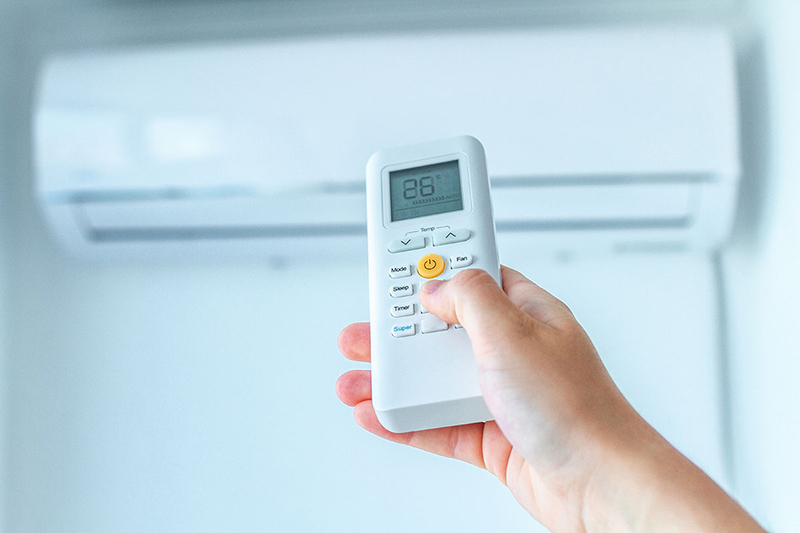How a Heat Pump Functions - 81Aircon Servicing Company Singapore
Air conditioners deliver a comfortable environment for us to live, work and play in. While most of us know about
air conditioners, not all of us understand that an air conditioner is actually a kind of heat pump. That’s right - your
Daikin iSmileEco, or
Daikin iSmile Eco, is considered one.
When designing your home or commercial space, an air-conditioning system plays an integral role. However,
air conditioners generally have a huge energy footprint. Thankfully, you can mitigate this side effect by choosing certain types of heating and cooling that can help create an energy-efficient home.
Let’s run through the different heat pumps and how they work in this article!
Heat Pumps: What Are They?
A heat pump is primarily used to transfer heat from one location to another. You can use it for cooling and heating - either by taking in heat from indoors and releasing it outside or taking heat from the outdoors and releasing it indoors (although the latter is not common in Singapore).
Although heat pumps are usually very efficient, this efficiency is reduced as the difference between the outdoor and indoor temperatures climb. Don’t be fooled by its term - a heat pump doesn’t just heat an indoor space, but cools it as well.
This is because of a unique valve inside the air conditioner that allows the roles of the condenser and evaporator to be reversed.
How a Heat Pump Works
A heat pump drives the refrigerant throughout different parts of an air conditioner like the expansion valve, compressor, evaporator and condenser. Remember that the refrigerant is the channel which removes or adds heat indoors?
The refrigerant goes through the expansion valve that converts the liquid refrigerant into a gaseous state. When this expansion happens, the refrigerant cools and travels through a series of coils in the evaporator and is then blown over using a fan.
With this process, cool air becomes successfully introduced into the room and heat is taken in by the refrigerant before becoming a hot gas.
Next, it goes through the compressor and becomes converted into a high-temperature gas. The refrigerant passes a network of condenser coils and is blown over by fans to get rid of the heat that’s stored and released into the outside environment. At this stage, the refrigerant enters a liquid state.
The liquid refrigerant is pumped through the evaporator coils as air from the inside of the room is blown over it. It proceeds to take in heat energy and blows the resulting cold air back into the room.
Following which, the refrigerant evaporates to a gaseous state and is sent to the compressor that pressurises it. This heats the refrigerant, which is then sent to the condenser. The outdoor unit’s fan blows the air from the outside over the coil.
Conclusion
The refrigerant transfers heat outside, cools and condenses into a liquid. It’s finally sent to the expansion valve located in the indoor unit, cooling it further and pumping it back to the evaporator coil.
